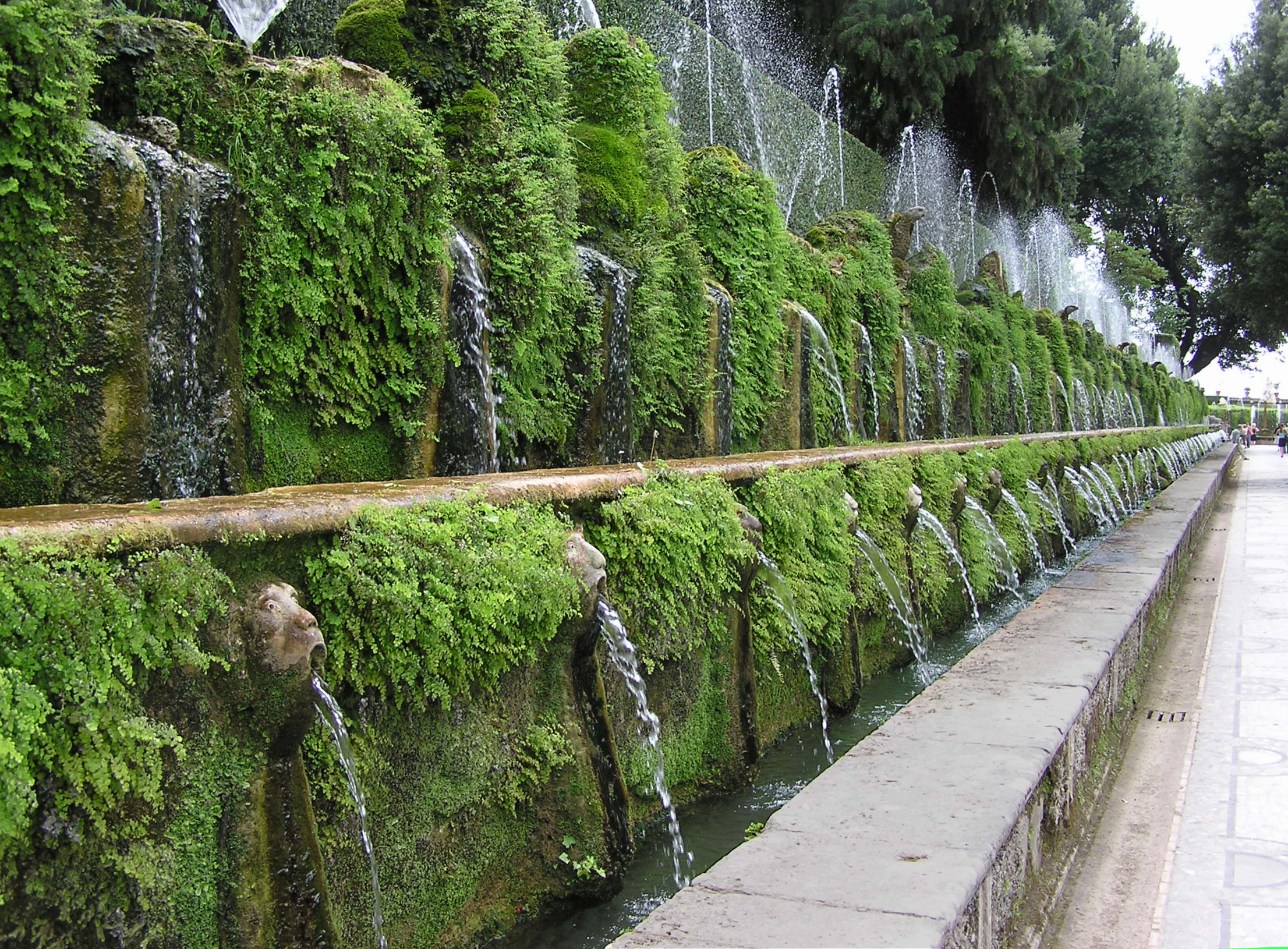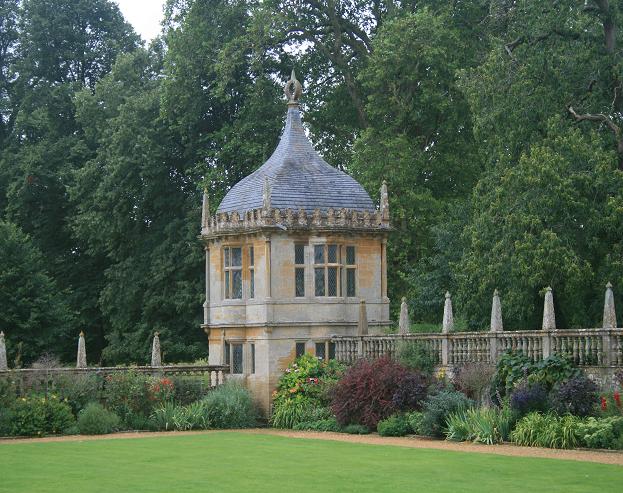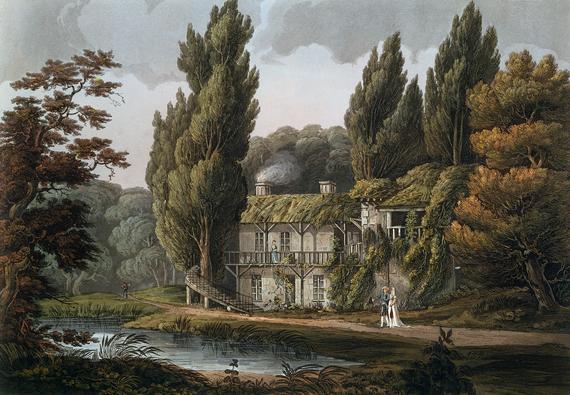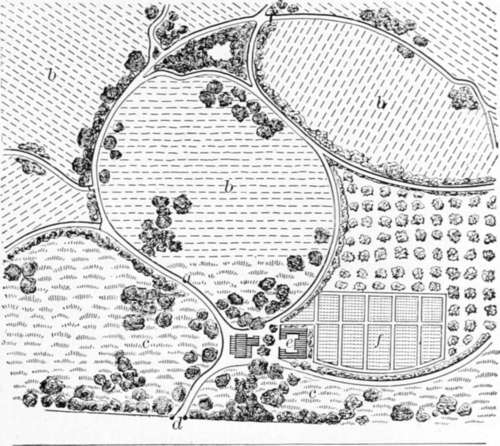Volumes have been written about the wonders of the Italian Renaissance Gardens. They are remarkable testaments to their zeitgeist and absolutely have to be visited. But here are a few thoughts and comments which I hope may inspire you to seek out more information and take a vacation in Italy. As if an excuse is needed!
The Renaissance Mind
The new Renaissance world view owed much to two innovative thinkers and writers: St Thomas Aquinas and Petrarch.
St Thomas Aquinas (1225-1274) who developed the concept of natural
theology: theology based on reason and experience. He brought Christian
doctrine and Aristotelian logic into a syncretic intellectual system.
By inquiring into the nature of nature he laid the foundations of the
scientific revolution. But remember, he was not suggesting that nature
was anything else but created by God.
 |
| Villa d'Este, Tivoli |
Petrarch (1304-1374) is called the ‘father of Humanism’ and once again
without being any way anti-Church or anti-Christian, he advocated a
development of literary knowledge and linguistic skill based on the
Classics, and in particular the works of the philosophers. This new
familiarity with the Classics resulted in a change in scholarship that
saw man as a rational and sentient being, with the ability to decide and
think for himself. That is to say Man should attach prime importance to
human rather than divine or supernatural matters.
The Renaissance Garden
During the 15th and 16th centuries the garden evolved along side many other art forms and sciences, and the surviving examples, which have influenced garden designers down the centuries, are monuments to the ability of the innovative garden designers, sculptors and engineers who built them.
Today, however, the gardens tend to be seen only in terms of beautiful statuary, fantastic water works, and large evergreen trees. This is far from the whole story, but to understand these gardens, it is essential to get into the Renaissance mind, which saw the world as hierarchical, but with each part interrelated.
Put simplistically the new relationship between human and divine went something like this. At the top was God, who had created Man, and Nature. Man perceived the natural world in terms of its usefulness to his needs: plants and animals provided medicine, food, and clothing. Yet at the same time Nature was part of the divinely created cosmos, and so to understand Nature was to further understand God.
This interaction was especially subtle and complex in the garden where art and nature were united into an indistinguishable whole. Together they produced something that is neither one nor the other and is created equally by both. Sadly, because the planting and perishable features have disappeared, many surviving Renaissance gardens have lost much of their original symbolism. But it is possible to ‘recreate’ them.
Garden Features
Axial Alignment
The garden was enclosed, with walls often covered with climbers and fruit trees. But the most important feature was the garden’s axial arrangement to the house – that is to say a main line ran from the main doorway in the centre of the house to the end of the garden; with areas to right and left of this line essentially mirror images.
 |
| Villa d'Este cross axis - Walk of 100 Fountains |
|
Coming off this main axis was a main cross axis that divided the garden into regular subdivisions. Wooden latticework structures or pergolas were used to cover the paths and give a stronger visual structure, and the compartments were further subdivided with cross paths to produce a geometric grid pattern of regular units, most commonly squares. These compartimenti were defined by a low lattice fence or an herb hedge (lavender, sage, rosemary), which could be ornately arranged in a sort of knot garden design.
God’s Meadow
Each compartimenti was planted either with a single specimen, or mixed planting increase the flower season, and to show. By the 16th century and tied in with the Age of Discovery the obsession with collecting new plants was widespread. By displaying as large a range of plants as possible, it demonstrated one’s wealth, as well as, of course, displaying the diversity of God’s wonders.
 |
| Villa d'Este |
Architectural Features
Throughout the garden there were gazebos, pavilions, groves, grottoes, statues, sculptures and spectacular water features. Again this demonstrated Man’s inventiveness, and offered scope for a symbolic display of the owner’s power and wealth.




































